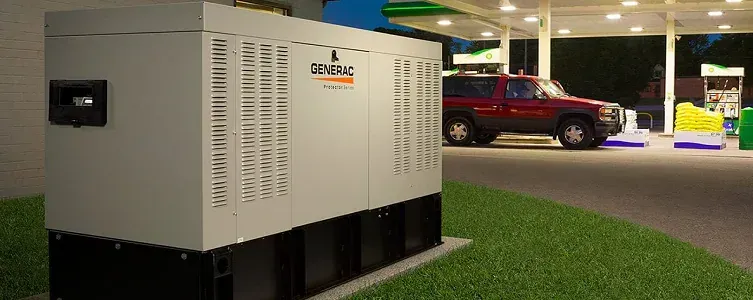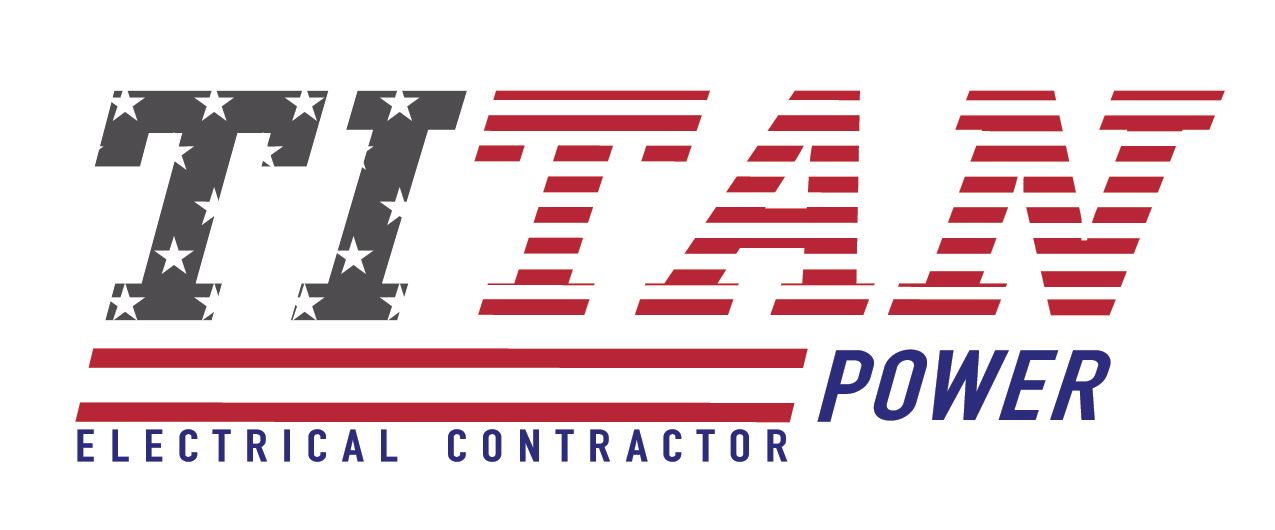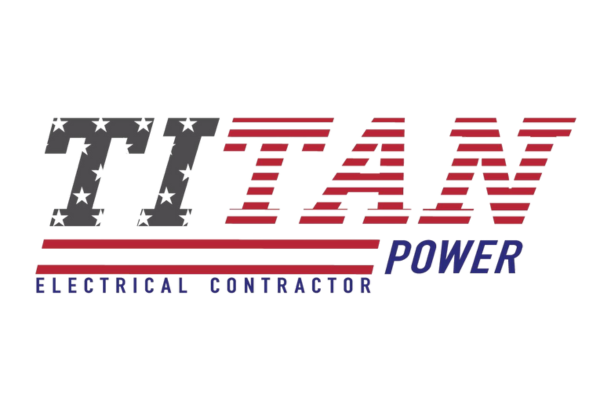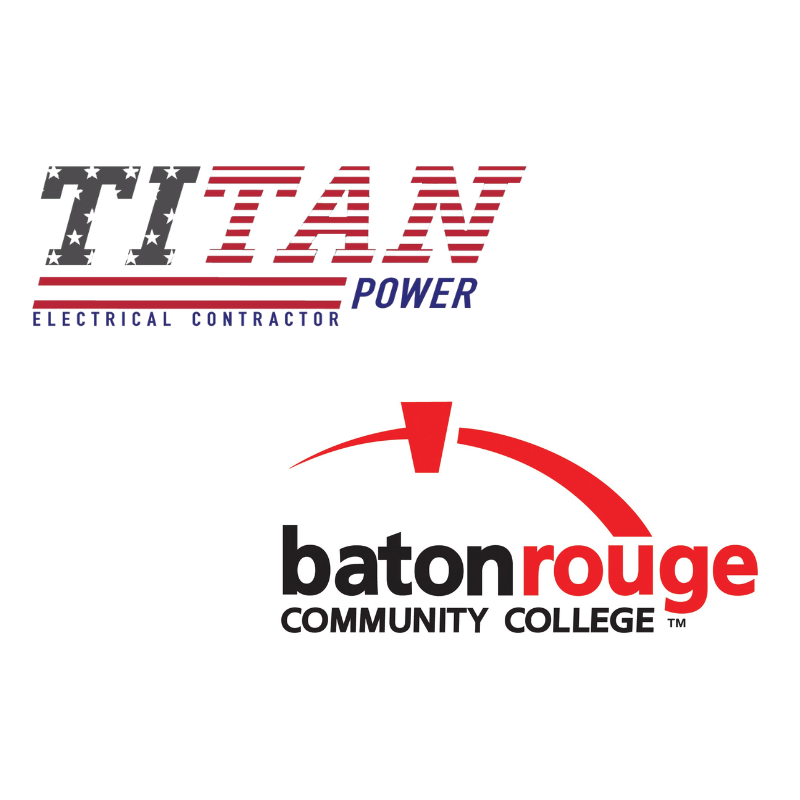Avoiding Emergency Electrical Installation Pitfalls — Insights from Titan Power
At Titan Power, our commitment to delivering robust, safe, and compliant emergency electrical systems is critical. This blog highlights key challenges and offers practical strategies to strengthen your next emergency systems project

1. Know the Codes Inside Out
National Electrical Code (NEC), Article 700
This code is foundational. It covers reliability, wiring methods, overcurrent protection, and mandates that emergency system power sources must safely carry all simultaneous emergency loads. Transfer equipment must be automatic, properly identified, and AHJ-approved
International Building Code (IBC)
The IBC focuses on system performance:
- Chapter 10 mandates egress illumination levels—an average of 0.6 fc with a minimum of 0.06 fc at the end of emergency lighting duration
- Chapter 27 specifies which electrical loads must be on the emergency system.
NFPA 101 (Life Safety Code)
This code requires an always-illuminated means of egress and emergency lighting that lasts at least 1.5 hours during power loss.
NFPA 110 and NFPA 111
- NFPA 110 outlines performance criteria—classification, transfer switches, environmental guidelines, and maintenance for emergency power supply systems (EPSS).
- NFPA 111 governs stored-energy systems such as UPS or central battery systems
2. Common Compliance Challenges & How to Address Them
Terminology Confusion
One of the most frequent errors is treating different system types interchangeably:
- Emergency Systems (Article 700) — life safety-critical
- Legally Required Standby Systems (Article 701) — support firefighting/rescue
- Optional Standby Systems (Article 702) — not life safety-critical but helpful
Tip: Clearly distinguish the system type in documentation and during design reviews.
Overlooking Additional Codes
Beyond NEC, mandatory codes like IBC and NFPA 101 are often missed, leading to non-compliant egress lighting or inadequate system duration.
Tip: Include multi-code checklists in your design reviews that cover NEC, IBC, NFPA 101, NFPA 110/111 as applicable.
Insufficient Load Capacity & Transfer Equipment Gaps
Failing to ensure emergency sources can handle all expected loads—or using improper transfer equipment—can delay critical power during emergencies.
Tip: Perform real-time load testing, ensure ATS is labeled emergency-duty, and verify AHJ approval early.
Insufficient Emergency Lighting
Designs that fail to meet minimum illumination levels—or don’t last the required 1.5 hours—can violate both IBC and NFPA 101 requirements.
Tip: Apply lighting modeling tools and test duration rigorously during commissioning.
Weak Maintenance & Testing Protocols
Without robust testing and maintenance—especially per NFPA 110—systems might not perform when needed
Tip: Establish scheduled testing procedures, maintain logs, and coordinate with the AHJ ahead of inspections.
3. Titan Power's Compliance Action Plan
- Code Review Kick-off: Begin projects with a comprehensive code matrix—NEC, IBC, NFPA 101, NFPA 110/111.
- Clarify System Type: Define emergency vs. standby system types and state them in all documentation.
- Load & Transfer Verification: Model emergency loads, oversize for safety, and specify AHJ-approved ATS.
- Illumination & Duration Modeling: Use simulation for egress lighting, bake in duration buffer.
- Commissioning & Documentation: Test full-load transfer, lighting levels, and duration; maintain detailed logs.
- Training & Continuous Improvement: Host quarterly team training on code updates and lessons learned from past installations.
4. Final Thoughts
Staying compliant isn’t just about ticking boxes—it’s about ensuring lives can safely evacuate, critical services stay online, and systems perform under stress. For Titan Power, it’s not just about meeting code—it’s about exceeding expectations with vigilance and precision.
About the Source
This summary is based on Kyle Krueger’s detailed breakdown of compliance challenges in "Code Red: Common compliance issues in emergency electrical system installations" (Electrical Contractor, July 15 2025)



